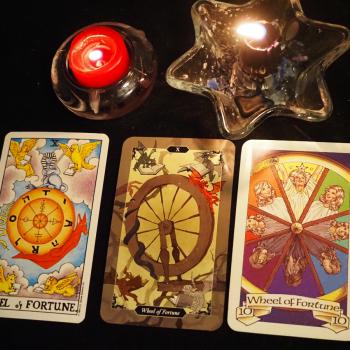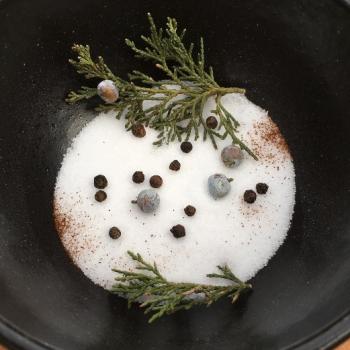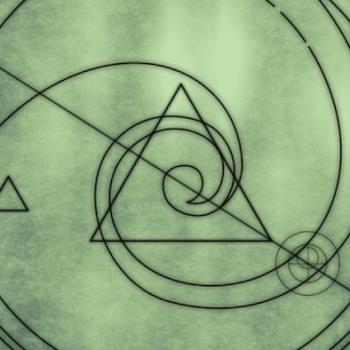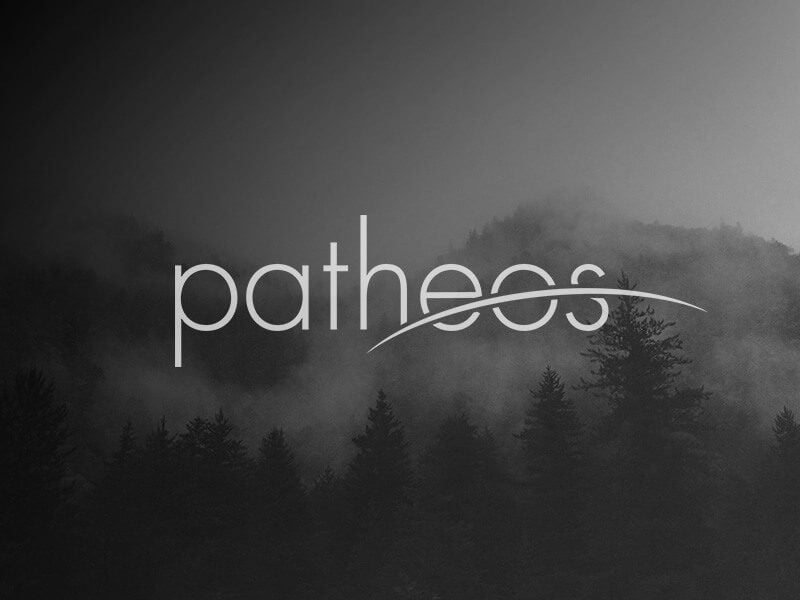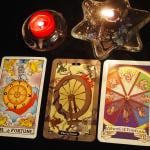Sometimes words or concepts get stuck in your brain and rattle around your head until you figure them out. I don’t have these three things figured out but maybe if I try to articulate what I find fascinating about them it will help me get there.
Observance
We’ve all heard the term “observant Jew.” It refers to the fact that some people of Jewish ancestry do not actively practice Judaism. Saying someone is Jewish does not necessarily mean they practice Judaism. Recently I read an article by someone who described themselves as an observant Hindu. Stopped me dead in my tracks. The Dharmic faiths are far closer to Paganism than Judaism. What does it mean to be an observant Hindu? Does it mean that people claim Hinduism without actively practicing a Dharmic religion?
Taking this further, what does it mean to be an observant Pagan? Are there enough people claiming Paganism without actively practicing to make “observant Pagan” a necessary term? What does actively practicing Paganism mean? I do not know. I feel the implications of this are currently beyond my grasp.
The Faithful
A lot of the discussions that happen at Patheos HQ involve broad interfaith language. Who will be served by this story? Is it useful for Seekers, or only of interest to the Faithful?
It makes me wonder, are Pagans faithful? I know this is related to the observant question, but I feel it has different nuances. Observance implies activity, faithfulness implies a higher purpose, a joint cause. Even being active in a local Pagan group, I cannot tell if I am faithful. It’s such an odd term for me. I am committed to joint causes, to organizations, to things bigger than myself, to my Gods. Yet that word, faithful, rests uneasy on me. What do you think?
Appearance
Not so long ago I was accused of being a poor representation of Paganism because it was felt I did not look professional enough. I took this criticism seriously and spoke with other Pagans and my coworkers about it. They felt it was mainly groundless and I let it go.
Then recently I was thinking about how awesome it is to see a Sikh in a turban, a Catholic priest in a collar, a Muslim woman in a hijab, an Orthodox Jew in a fedora with the ringlets falling from his temples. I thought about how beatiful all the men and women at PSG were in their “Pagan garb.” I thought about how when Selena Fox enters a room you know she is Pagan, though she is modestly dressed and doesn’t wear a lot of flashy jewelry or overt religious symbols. I like that. I can’t think of anything sadder than Selena Fox in a pantsuit.
Maybe instead of associating our robes, flowing dresses, tie-dye, batiks and other types of Pagan dress as being silly, unprofessional or reminiscent of “dirty hippies”, we should consider it holy garb? I really like that idea. I am contemplating it.
Vulnerability
I really despise self-help books and workshops. They annoy me and often gloss over the hard work that spiritual wholeness requires. So I was skeptical when the fabulous Amber from the Pagan Centered Podcast sent me this video.
It led me to think how many of us are converts. How many of us had been open and vulnerable to the God of our youth. How many of us may have a hard time being open and vulnerable to the Gods we now reverence. It makes me wonder if we have a better type of relationship with our Gods now, or just a safer one? Are we keeping them at a distance? Are we missing out? It’s an issue I’m trying to work out in my own life and I find it fascinatingly uncomfortable.



